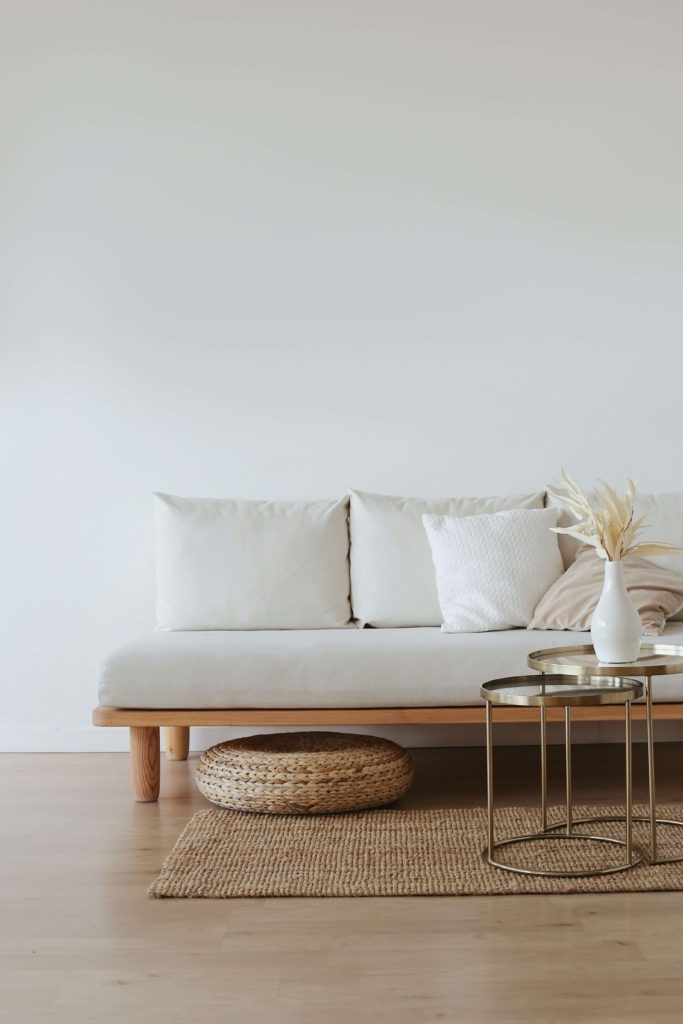What is minimalism? Simply put, minimalism is about owning less “things” or what I like to call “stuff.” It’s about only buying things that add a lot of meaning and value to your life and getting rid of the rest.
Below are 7 ways that you can practice minimalism in your life to save you money.
1. Buy Less Things
I know, this sounds very simple but in practice is actually very difficult. That’s why it’s important to be mindful about what you bring into your home/life. A few questions I like to ask myself before buying something is:
- Can I afford it?
- If I can afford it, what am I giving up instead? (Savings, vacation)
- Is this something I’m going to use a lot or is it something I can borrow/rent instead?
- Does It Add Value to My Life (See #2)
2. Only Buy Things You Need or Will Add Value to Your Life
Although I don’t need coffee (debatable), I do love coffee. I enjoy the smell of it every morning when it’s brewing, I love the taste and I love the comfort it brings. For me, my coffee spending is a value-add in my life. This is a simple example, but I also value time with friends and family, travel and exercise/nature – which typically doesn’t require me to bring a lot of belongings into my home.
Next time you go to add something to your physical or online basket, I want you to ask yourself – do I NEED this and will this add value to my life?
3. Declutter
The best way to declutter is to take everything out and assign – keep, donate, toss. I also find this exercise helps with bringing new stuff in because it can make you feel guilty/wasteful of what you have already accumulated.
4. Quality over Quantity
5. Reduce Impulse Purchases
According to finder.com, in 2018, Canadians spent $8.8 billion in impulse purchases, with the average amount spend at $73. I’m sure that number has increased significantly since then.
A few helpful ways to reduce impulse purchases:
- Shop for groceries online and do pick-up: this helped me a lot during Covid for a few reasons but the main one was that I never put anything in my “basket” that I did not need for a recipe. Meal planning can also help with this a lot. It’s a lot easier to add items you don’t need when walking up and down the aisles.
- Make a list before you go shopping. I don’t love shopping at a mall, but sometimes it’s the best way if you need to stop at a few stores. If that’s the case, I make a list of the stores I need to go to and what I need to buy in them and give myself a timeline, so I don’t get distracted by store windows
- Take inventory before you get to the till. If you are a browser, right before you go to pay, look in your basket and compare to what you have budgeted for this trip. If there are things that mindlessly sneaked into your basket, you have time to remove them before you go to pay.
- Sometimes impulse purchases happen. Often, it’s never too late to return it. If it’s a clothing item, I will wear it around the house with the tags on and make sure I “love” it. If not, it goes back in the bag and back to the store…
6. Focus on What You Have Instead of What You Don't Have
7. Focus on Experiences Over Things
I hope you found this post helpful and got you thinking of a few ways to practice minimalism and the positive impacts it can have on your life (and finances). Comment in the sections below if you are going to change your habits in any way or if you have any additional suggestions in practicing minimalism.


2 Comments
These are such good tips holly !
Itís nearly impossible to find educated people in this particular subject, however, you seem like you know what youíre talking about! Thanks